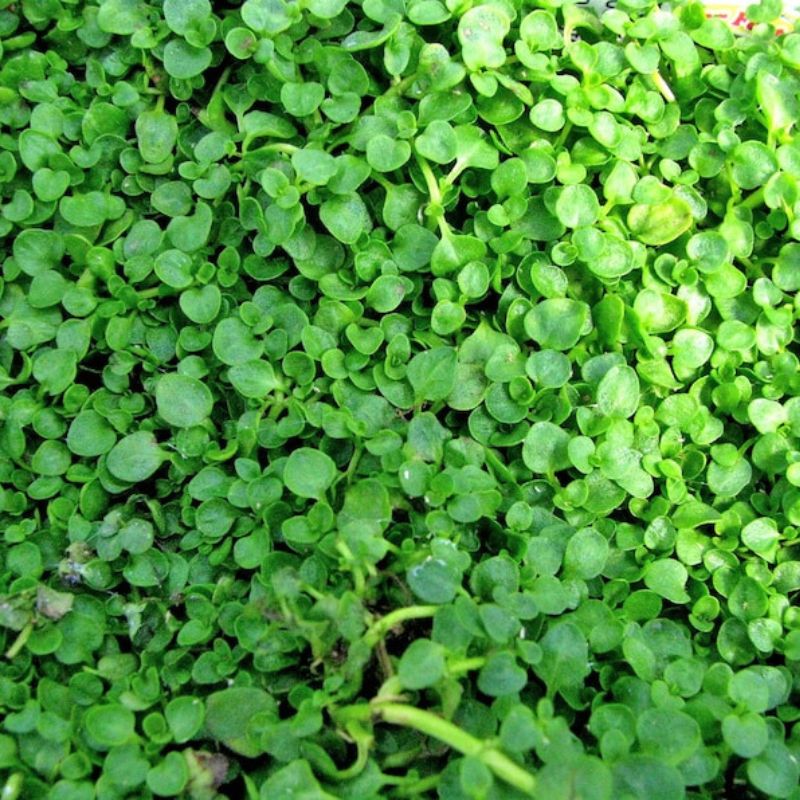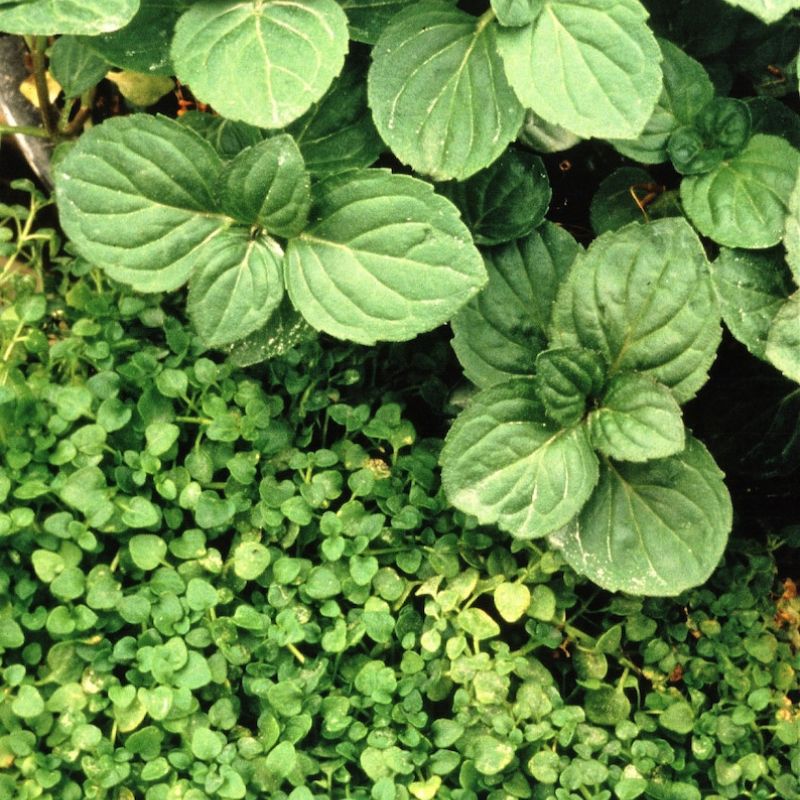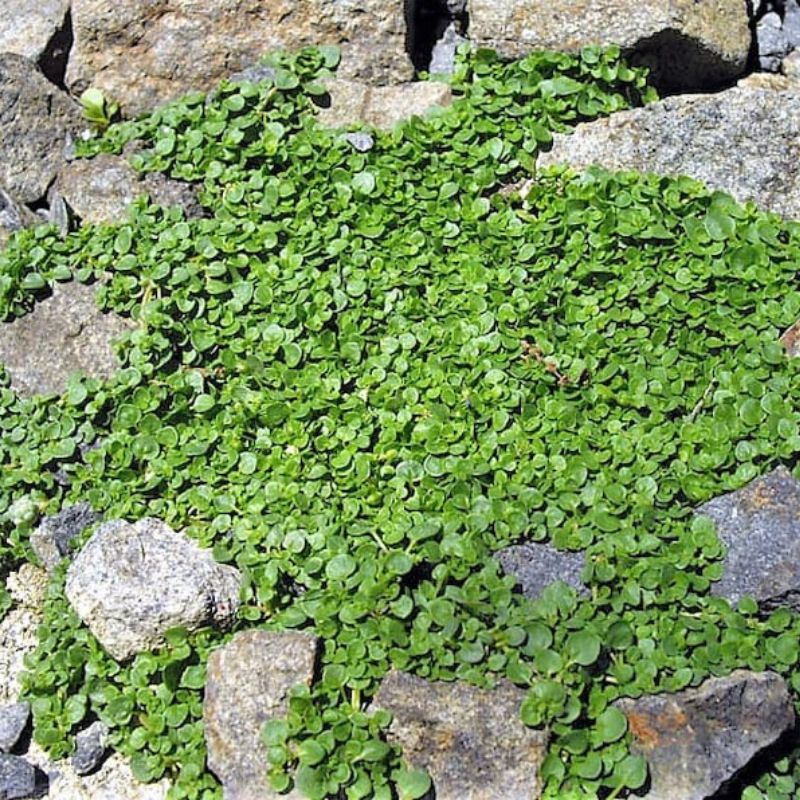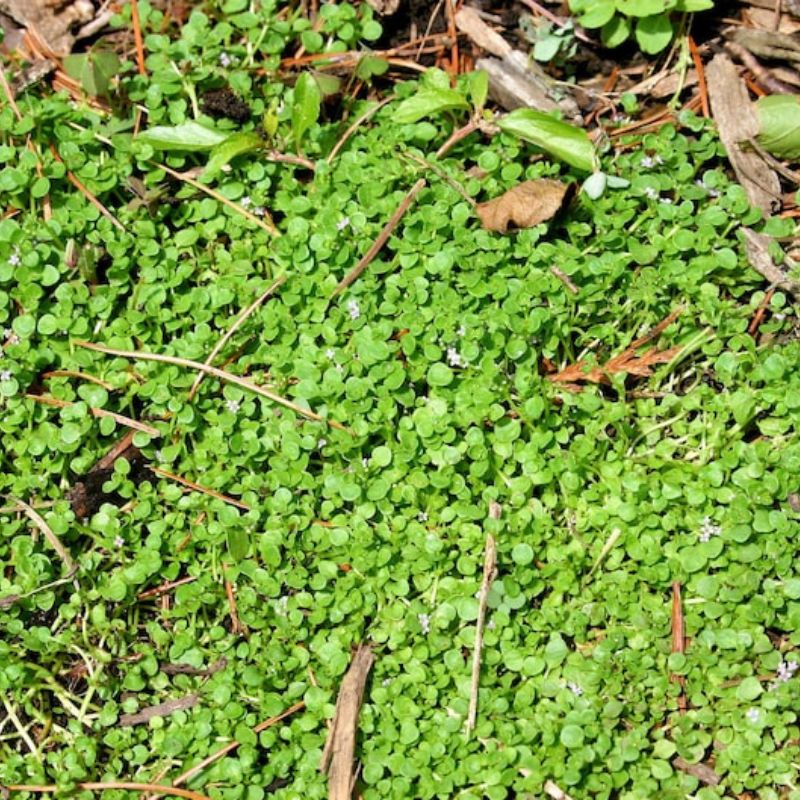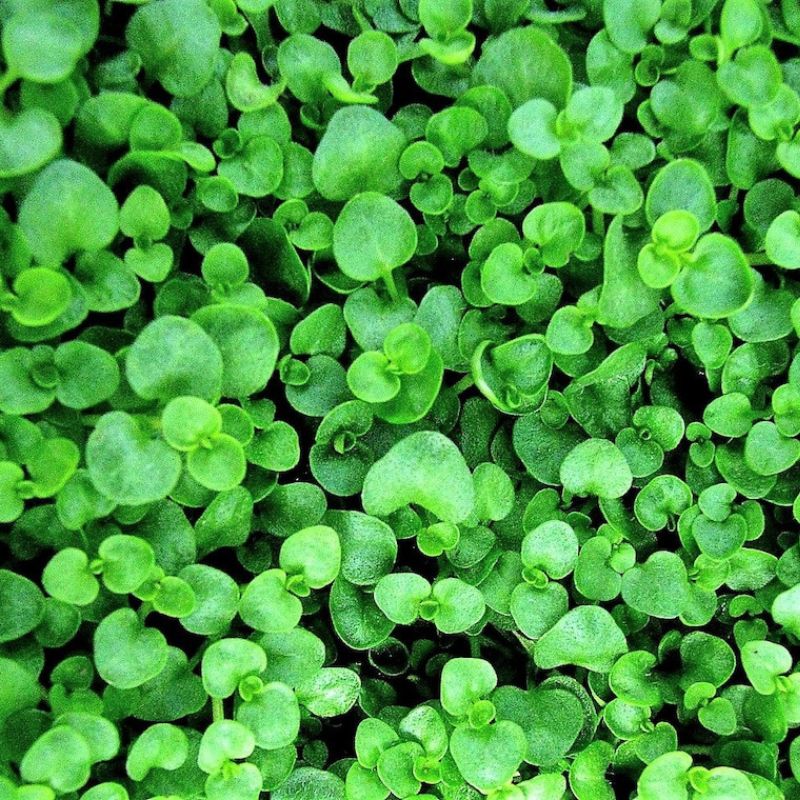- Historical context: Mentha requienii, commonly known as Corsican Mint, is a species of mint that has been used historically for its aromatic properties and ground-covering abilities.
- Geographical origination: Corsican Mint is native to Corsica, Sardinia, and mainland Italy.
- Relevant cultural significance: This mint has been valued in Mediterranean cultures for its strong aroma and culinary uses. It is also known for its role in the production of crème de menthe, a mint-flavored alcoholic beverage.
- Time period of discovery: The exact time period of discovery is not well-documented, but it has been known and used for centuries in its native regions.
- Original habitat: Corsican Mint thrives in moist, shaded environments, often found in the wild along stream banks and damp forest floors.
- Notable historical uses: Historically, Corsican Mint has been used for its aromatic properties in gardens and as a flavoring agent in various culinary dishes and beverages.
- Ideal temperature range: Corsican Mint grows best in temperatures ranging from 60°F to 70°F (15°C to 21°C).
- Soil type: It prefers well-drained, moist soil with a pH range of 6.0 to 7.5.
- Sunlight requirements: This mint thrives in partial to full shade but can tolerate some sunlight.
- Watering needs: Corsican Mint requires consistent moisture, so regular watering is essential, especially during dry periods.
- Planting season: The best time to plant Corsican Mint seeds is in the spring after the last frost.
- Germination time: Seeds typically germinate within 7 to 14 days under optimal conditions.
- Growth cycle duration: Corsican Mint is a perennial plant, meaning it can grow and thrive for multiple years under the right conditions.
- Common pests and diseases: Common pests include aphids and spider mites. Diseases such as mint rust and powdery mildew can also affect the plant.
- Companion planting advice: Corsican Mint can be planted alongside other moisture-loving plants like basil and parsley. It can also act as a ground cover to suppress weeds.
- Common challenges and solutions: One common challenge is ensuring the soil remains consistently moist. Mulching can help retain soil moisture. Another challenge is preventing the spread of mint rust and powdery mildew, which can be managed by ensuring good air circulation and avoiding overhead watering.
- Nutritional values: Corsican Mint is not typically consumed in large quantities, so its nutritional value is minimal. However, it contains small amounts of vitamins A and C, as well as minerals like calcium and iron.
- Health benefits: The essential oils in Corsican Mint have been used in aromatherapy for their calming and digestive properties. The plant also has mild antiseptic and anti-inflammatory properties.
- Culinary uses: Corsican Mint is used to flavor beverages like crème de menthe and can be added to salads, desserts, and sauces for a minty aroma and taste.
- Medicinal uses: Traditionally, Corsican Mint has been used to treat digestive issues, headaches, and respiratory problems due to its aromatic and soothing properties.
- Other unique advantages: Corsican Mint is an excellent ground cover that can help prevent soil erosion. Its strong aroma can also act as a natural pest repellent in gardens.
